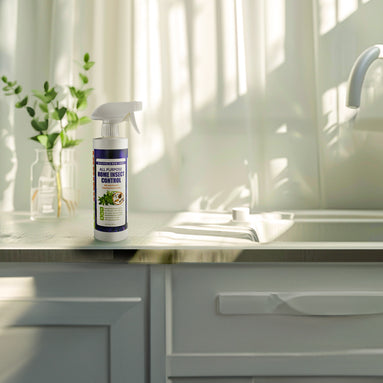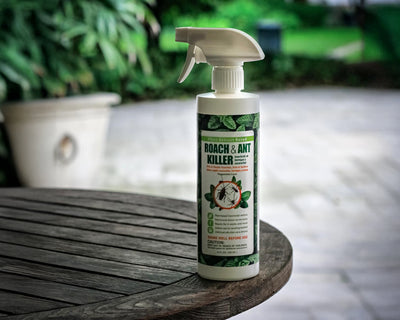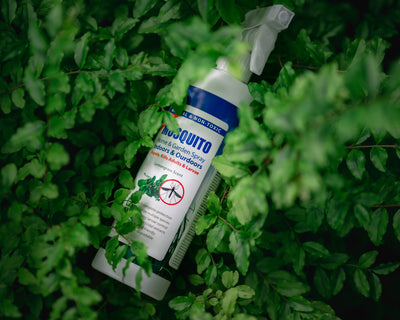What Exactly Are Earwigs?
Earwigs have a reputation that far outweighs their actual threat. With their distinctive pincers at the rear of their bodies, they look more dangerous than they are. Contrary to popular myths, they don’t crawl into your ears or burrow into your brain. In reality, they’re more interested in hiding in moist, dark places, and they prefer to snack on decaying plant material, other insects, and even your garden plants.
While they don’t pose a direct threat to humans, earwigs are still unwelcome guests. Their pincers can be alarming, and having them crawl across your countertops or floors isn’t anyone’s idea of a good time. Plus, in large numbers, they can cause damage to your plants or even infiltrate your pantry.
How Do Earwigs Get Inside?
Earwigs thrive in moist environments, so if you have areas of your home with dampness or excess humidity, they may find these places irresistible. Some of their favorite hideouts include:
- Basements and bathrooms: Moisture-rich spots are a paradise for earwigs.
- Under sinks: Leaky pipes or stagnant water can attract these critters.
- Cracks and crevices: Earwigs are excellent at sneaking in through gaps around windows, doors, and foundation cracks.
When conditions outside become too dry or too wet, earwigs head indoors to find the perfect humid sanctuary. Once inside, they might settle in for the long haul unless you take action.
What Problems Do Earwigs Cause?
While earwigs don’t bite or spread diseases, they can become a real nuisance when they enter your living spaces. They often come out at night, and seeing one scurry across your floor can be quite startling. Outdoors, they may wreak havoc on your garden, munching on plants and flowers, or worse, make their way into your pantry, seeking out food.
Even though they’re not directly harmful, their presence can still make your home feel uncomfortable. Who wants to worry about earwigs crawling around their bathroom or kitchen?






